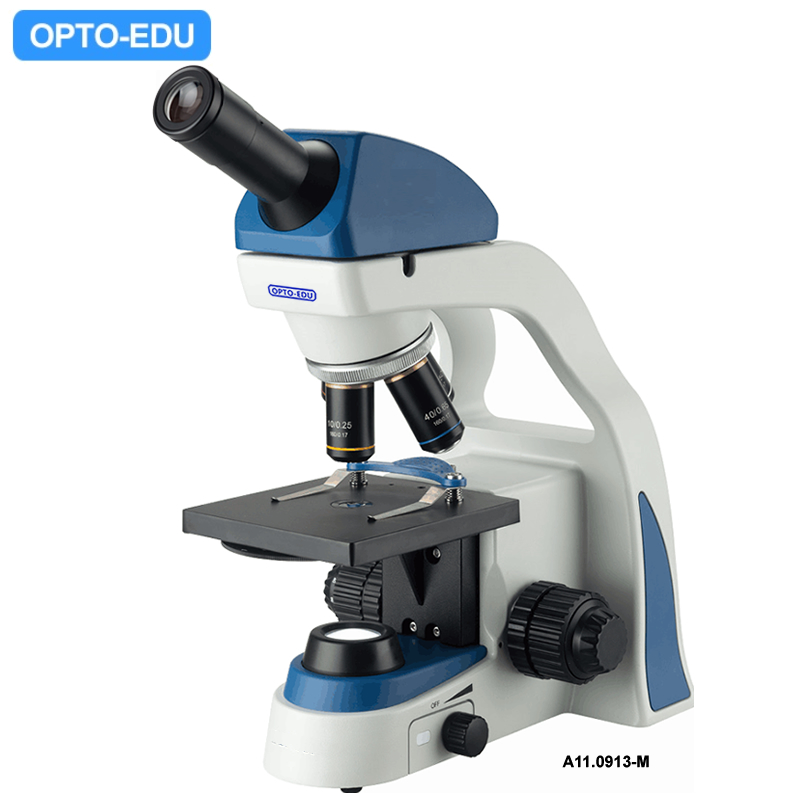[If you want to receive news and reports from The New York Times in Spanish in your email, subscribe to El Times here]
Peeking inside a cell has been an integral part of biology since the 17th century, when cells were discovered under a microscope.However, despite advances in light and electron microscopy, scientists who want to investigate where certain molecules are located within a cell—and, thus, how neuronal, immune, or tumor cells are different from one another— They can only see up to a certain point. Ophthalmic Surgical Microscope Manufacturers

Now, scientists have found a new way to capture what's happening inside a cell.The approach, DNA (deoxyribonucleic acid) microscopy, uses simple chemical reactions to make a kind of map of the inside of the cell, with which the contents are highlighted to indicate exactly where each one is located.
The technique, described in a recent publication in the journal Cell, also reveals a wealth of genetic information that is not accessible with traditional microscopic tools: which immune system receptor genes are inactive or active, for example, or whether cells are healthy. or have mutations with the potential to cause disease.
“DNA microscopy captures genetic and spatial information simultaneously,” said Joshua Weinstein, a postdoctoral researcher at the Broad Institute of the Massachusetts Institute of Technology (MIT) and lead author of the Cell report.“That's what's especially beautiful about this.”
A scientist begins pipetting readily available chemical reagents into a sample.Small synthetic DNA tags attach to biomolecules inside cells, and a subsequent reaction causes each tag to generate copies, which spread like radio signals from a telecommunications tower.
Cell phone companies determine the location of users with triangulation: they identify where there is an intersection of three or more towers.DNA microscopy works in a similar way: it maps the location of each molecule by identifying where the boundaries of various labels overlap.
Ultimately all the DNA is collected, sequenced and run through a computer program that reconstructs the locations of the original molecules.
“It's a whole new way of visualizing biology,” Weinstein said.Because the technology uses labeled molecules in cells to see how everything naturally fits into each sample, scientists can “see the world through the eyes of a cell.”
With DNA microscopy, scientists can map any group of molecules that interact with synthetic marks: cellular, ribonucleic acid (RNA) and protein genomes.
“The first time I saw a microscopy image of DNA, my jaw dropped,” said Aviv Regev, a biologist at the Broad Institute and the Howard Hughes Medical Institute.
DNA microscopy faithfully recreated where, with red and green marks, the messenger RNA (with which the genome's instructions are translated) is located in a sample of human breast cancer cells.Regev said the microscopy also showed that the sequences of some of the RNA molecules had slight variations from each other, something other techniques cannot show.
More recent advances in microscopy have allowed scientists to review details at the minute spatial resolution of cells by irradiating them with electrons or magnifying the cells like balloons.The advantage of DNA microscopy is that it combines spatial detail with scientists' growing interest in precise genomic sequences, and an increased ability to measure them: as if Google Maps' street view had restaurant names and reviews. already visible when they show you a city block.
Because the technique uses rapid chemical reactions to collect and integrate information, rather than light or electrons, it can process samples in large quantities.It is also possible to do it with less specialized and expensive equipment;All you need is standard chemicals and a DNA sequencer.
Calling it microscopy may not be the most representative.“The researchers didn't use any type of microscope,” said Ulrike Beohm, a scanning expert at the Howard Hughes Medical Institute's Janelia Research Campus in Virginia.(Boehm was not involved in the analysis.)“What the researchers did was more like DNA mapping.”

A6 Scanning Microscope Still, Boehm concluded: “This technology is very powerful.”